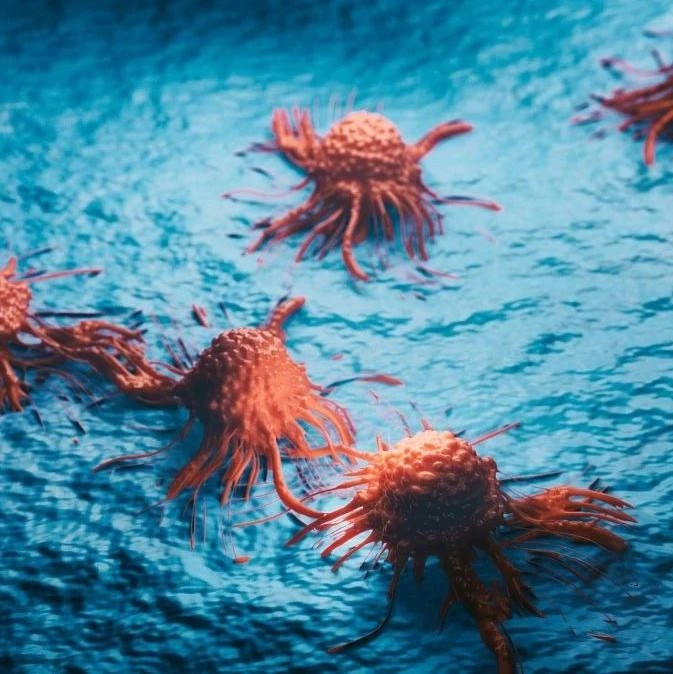摘要:真菌在自然界扮演重要角色。 柠檬酸是重要的食品和药品的添加剂,黑曲霉(Aspergillus niger)是合成柠檬酸的有效参与者。此外,Aspergillus niger还是碳循环中不可或缺的成员 ,它拥有一个丰富的酶库,可以高效分解植物细胞壁成游离糖,以供发酵和生物能源使用。
Fungi play key roles in nature and are valued for their great importance in industry. Consider citric acid, a key additive in several foods and pharmaceuticals produced on a large-scale basis for decades with the help of the filamentous fungus Aspergillus niger . While A.niger is an integral player in the carbon cycle, it possesses an arsenal of enzymes that can be deployed in breaking down plant cell walls to free up sugars that can then be fermented and distilled into biofuel, a process being optimized by U.S. Department of Energy researchers.
"Aspergillus niger is an industrial workhouse for enzymes and small molecules such as organic acids," said Baker of the fungus selected for sequencing by the DOE JGI in 2005. "Most of the world's citric acid comes from A.niger. "We know that this single organism is used for production of organic acids and for enzymes, and it can degrade plant cell wall matter for sugar production," said Baker. "For biofuels it's a highly relevant organism since it's already been scaled up, shown to be safe, and used for enzyme production. That's why it was such an important organism to further characterize through DNA sequencing."
The DOE Joint Genome Institute (JGI) generated the 35-million base genome of A. niger ATCC 1015, the wild type strain that was used in research that led to the first patented citric acid process. The other A.niger strain used in the study was sequenced by a company in the Netherlands in 2007 and has undergone mutagenesis and selection for enzyme production.
By analyzing the genomes on several levels -- DNA, chromosome, gene and protein -- Baker and his colleagues found several hundred unique genes in each strain that are key to their predominant characteristics. For example, A.niger ATCC 1015 had a higher expression of traits involved in high citric acid yields. On the other hand, the induced mutant strain had more elements related to efficient enzyme production. The team also noted that the genes involved in boosting enzyme production in the induced mutant strain of A.niger may have come from anotherAspergillus strain via horizontal gene transfer, which allows one organism to acquire and use genes from other organisms.
Of the 47 authors on this paper, 30 are from Europe. "This is an excellent example of international collaboration combining genome sequencing with functional genomics, transcriptomics and metabolomics, which led to a system level study and comparative analysis of two A.niger strains," said study co-author Igor Grigoriev, head of the DOE JGI Fungal Genomics Program. "Nearly a dozen additional Aspergillus strains that are used in industry are either being sequenced or in the queue to be at the DOE JGI. A better understanding of genomic content and organization and how rearrangements and mutations lead to desired traits should facilitate further optimization of these strains for different bio-products."
As of 2007, the global market for citric acid was estimated to be approximately $1.2 billion with more than 500,000 tons produced annually by fermentation. "Having the genetic blueprint for a citric acid-producing fungus will increase our understanding of the organism's metabolic pathways that can be fine-tuned to enhance productivity or alter its metabolism to generate other green chemicals and fuels from renewable and sustainable plant-derived sugars," said Randy Berka, Director, Novozymes, Inc., and one of the publication's authors.
"It was thought that if we understood what makes the citric acid process so productive, then we could start to understand how to make other organic acids that could be commodity chemicals," said Baker. "We now have the tools and the foundation of knowledge to be able to ask some additional important questions that we weren't equipped with the genomic resources to answer before."







